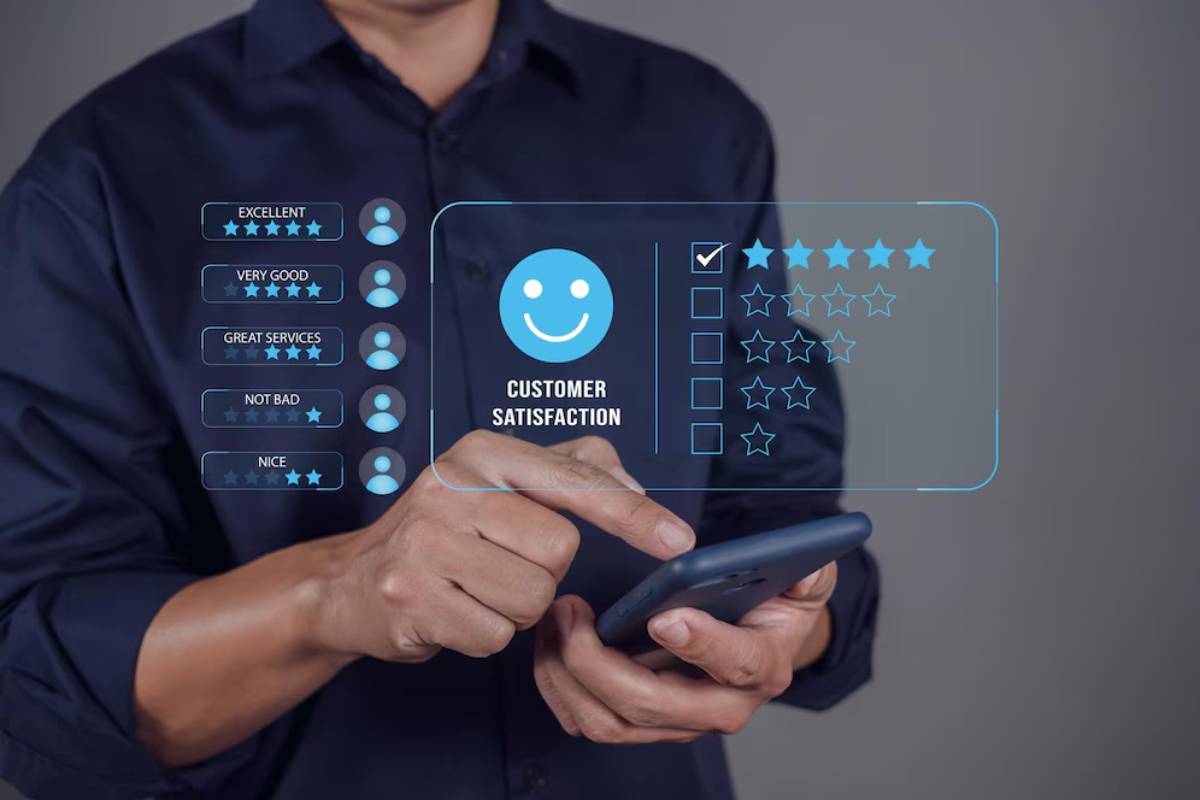
Utilising AI for Dynamic Pricing Models
Dynamic pricing isn’t new, but AI has changed how it’s used in many industries. Dynamic pricing AI uses machine learning. It analyzes data to adjust prices in real time and considers many factors to make these adjustments. This approach helps businesses boost revenue. It aligns prices with market demand, competitor rates, and consumer habits.
Before, businesses used strict pricing models, which made it difficult for them to adapt quickly to market changes. AI can now handle large data sets, making dynamic pricing smarter and more flexible. AI-driven dynamic pricing helps businesses seize real-time opportunities. It reacts to changes in supply, demand, market conditions, and competitor actions.
Many people misunderstand dynamic pricing AI. They often think it only works for big companies, and some also believe it makes customers unhappy. This blog will clear up these myths and show how businesses, big or small, can use AI-driven dynamic pricing models well.
Key Benefits of AI in Dynamic Pricing
Why It Matters
AI-driven dynamic pricing models help businesses stay competitive in today’s fast market. Here are some key benefits that highlight their relevance:
Enhanced Revenue Optimisation
A significant benefit of AI in dynamic pricing is its power to boost revenue instantly. AI algorithms analyse past data, competitor prices, and market trends to predict the best price for a product or service. In the airline industry, AI helps change ticket prices. It looks at booking time, flight demand, and competitor prices. This data-driven approach helps businesses avoid losing money. They won’t underprice their products or services, and they won’t scare off customers by overpricing.
AI also looks at price elasticity. This means how sensitive customers are to changes in price. Using AI to find the best price helps businesses earn more. They can set prices that customers will pay while still getting enough buyers.
Improved Pricing Strategy Tools
AI pricing tools help businesses understand market trends and consumer behaviour. These tools analyze customer buying habits, pricing throughout the day, and local preferences, helping businesses stay competitive. AI also helps businesses predict when demand will spike, such as during holiday shopping or after major events. Businesses can then adjust prices to match.
E-commerce sites like Amazon use AI algorithms to change prices frequently. These algorithms consider factors like competitor prices, demand, and customer profiles. These tools help businesses create promotions and discounts based on real-time data. This keeps offering appealing to customers and improves profit margins.
Personalised Customer Experience

Dynamic pricing AI helps businesses set personalised prices for each customer, using their buying history and preferences. E-commerce companies can use AI to give discounts or special prices to returning customers, who are more likely to buy again. This personalization improves the customer experience, boosting loyalty and encouraging repeat business.
Businesses can use customer data to segment their audience and offer personalised deals. AI can spot customers ready to buy. They might just need a little push, like a timely discount. You can find personalised pricing in retail, hospitality, and travel. Customer loyalty programs and special offers are often used in these industries.
Real-Life Applications
Many industries now use AI in their pricing models. This shows the great potential of AI-driven strategies. Airlines use AI to change ticket prices. They consider booking time, demand, and what competitors charge. These real-time adjustments help airlines maximise occupancy and profit margins.
The hospitality industry uses AI for dynamic pricing, mainly for hotel rooms. AI can change room rates by looking at demand, weather forecasts, and local events. AI may raise rates to meet higher demand during busy seasons or local events. But in off-peak times, it might lower rates to draw in more bookings.
Retailers such as Amazon and Walmart use AI to change product prices often. They may adjust prices several times a day, based on competitor pricing, demand, and inventory levels. E-commerce platforms use AI to provide personalised discounts. This improves the shopping experience and encourages repeat purchases.
Additional Expert Tips & Common Mistakes to Avoid
Best Practices
To make the most of AI in dynamic pricing, businesses should follow these best practices:
Data-Driven Decision Making

AI needs data to succeed. Businesses must access high-quality and relevant data for their algorithms. This includes data on customer behaviour, market trends, competitor pricing, and seasonal fluctuations. Businesses must focus on gathering accurate, consistent, and varied data, which helps AI algorithms make better pricing decisions.
Businesses should also combine different data sources. This helps them get a clearer view of the market and what customers like. Combining sales data, customer information, and outside factors like weather and holidays improves dynamic pricing strategies.
Continuous Monitoring and Adjustment
Dynamic pricing is not a set-and-forget strategy. Businesses need to watch their pricing models closely. They should adjust them as needed. This helps them stay competitive and in line with market conditions. AI algorithms can spot shifts in demand, competitor moves, and customer feelings. But businesses need to actively adjust their pricing models to stay ahead.
If AI finds a sudden drop in product demand, businesses can quickly change their pricing strategies to keep up with the competition. Companies can respond by changing their prices if a competitor lowers their prices.
Transparency and Communication
Dynamic pricing can cause prices to change, so businesses need to be clear with their customers. Being clear about price changes and their reasons builds trust and cuts dissatisfaction. Businesses can also give warnings about price changes. This is important when customers buy items close to those changes.
Businesses can use AI to predict future prices. This helps them share insights with customers about when prices might go up or down.
Common Mistakes
To prevent issues with AI-based dynamic pricing models, businesses should be careful of these common mistakes:
Over-Reliance on AI
While AI is a powerful tool, it should not replace human judgment entirely. Businesses must blend AI insights with human intuition for smart pricing decisions. Human expertise is key to understanding AI insights. AI might miss important details. It can overlook customer emotions and how outside factors affect prices.
Ignoring Customer Feedback
Customer feedback is invaluable in refining pricing strategies. Businesses should seek feedback from customers about their pricing, which helps them improve their dynamic pricing models. Ignoring customer feelings can hurt pricing choices, damage brand reputation, and lower customer satisfaction.
Advanced Insights
Unique Industry Perspectives
AI-driven dynamic pricing models are not one-size-fits-all. Different industries have unique challenges and opportunities when it comes to pricing strategies. Here are some insights tailored to specific sectors:
Retail Industry
In retail, AI helps analyse what customers buy and predict what they will want next. This lets retailers change prices quickly, staying competitive and boosting revenue. Using AI to predict market trends helps retailers optimise inventory, ensuring they have the right products, at the right price, and at the right time.
Hospitality Industry
Hotels and resorts can use AI to set better room rates. It looks at occupancy rates, seasonal demand, and local events. This ensures that they capture maximum revenue without alienating potential guests. AI can also help set better prices for extras like room upgrades and spa packages, boosting profits even more.
Transportation Industry
AI-driven dynamic pricing models work well in transportation. Factors like fuel prices, weather, and traffic can all affect prices. By examining these variables, businesses can set prices that fit the current market and maximise profits. For example, Uber uses AI to change fares based on trip demand, time of day, and traffic.
Conclusion: Utilising AI for Dynamic Pricing Models
AI-driven dynamic pricing models are a big step forward in revenue optimisation. AI helps businesses boost pricing, improve customer experiences, and raise profits.
Dynamic pricing AI offers many benefits. It boosts revenue and personalises customer experiences. To fully enjoy these benefits, businesses need to use a data-driven approach. They should also monitor their pricing models and be open with their customers.
In conclusion, businesses that use AI-driven dynamic pricing can succeed in today’s challenging market. By staying quick and adaptable to market changes, they can boost their revenue and offer great value to customers.
Are you ready to improve your pricing strategy? Discover AI-driven dynamic pricing models and start boosting your revenue today!